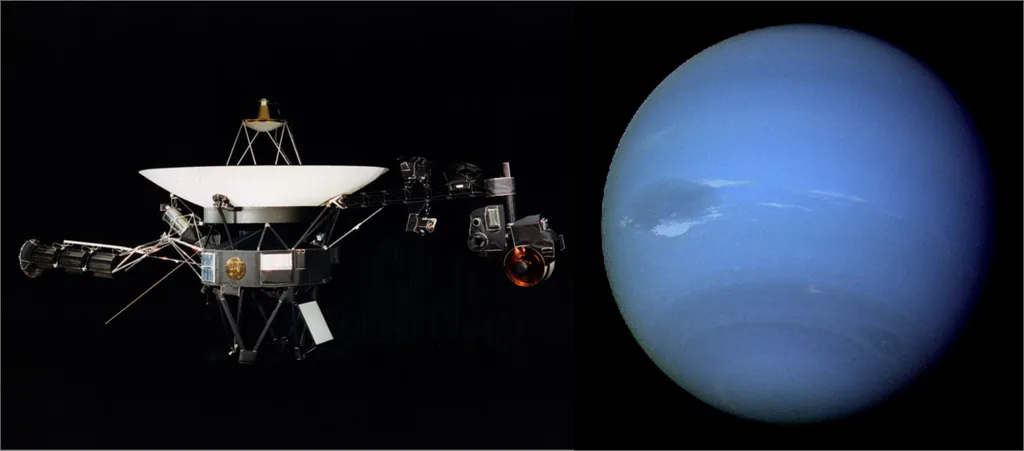Free Courses Sale ends Soon, Get It Now


Free Courses Sale ends Soon, Get It Now


 Copyright infringement not intended
Copyright infringement not intended
Context: NASA's Voyager 2 spacecraft, which is currently exploring the outer reaches of the solar system, has encountered a communication problem due to an antenna misalignment. The problem occurred after a set of planned commands were executed by the spacecraft on July 21, resulting in the antenna deviating 2 degrees from its optimal orientation towards Earth. As a consequence, Voyager 2 is unable to receive any instructions or send back any data to Earth.
Details
Key features and achievements of Voyager 2 include:
Conclusion
Must Read Articles:
Space Communication: https://www.iasgyan.in/blogs/space-communication
|
PRACTICE QUESTION Q. What was the primary objective of NASA's Voyager 2 spacecraft? 1. Explore the inner planets of our solar system. 2. Investigate the possibility of life on Mars. 3. Study the outer planets of our solar system. 4. Search for black holes in deep space. How many of the above statements is/are correct? A) Only 1 B) Only 2 C) Only 3 D) All Answer: A Explanation: Statement C is correct: Voyager 2's primary objective was to study the outer planets of our solar system, including Jupiter, Saturn, Uranus, and Neptune. It provided valuable data and images during its flybys of these gas giant planets. |
https://www.hindustantimes.com/technology/nasa-voyager-2-latest-updates-travelling-in-interstellar-space-loses-ground-communication-101690647391445.html
https://t.me/+hJqMV1O0se03Njk9
© 2024 iasgyan. All right reserved